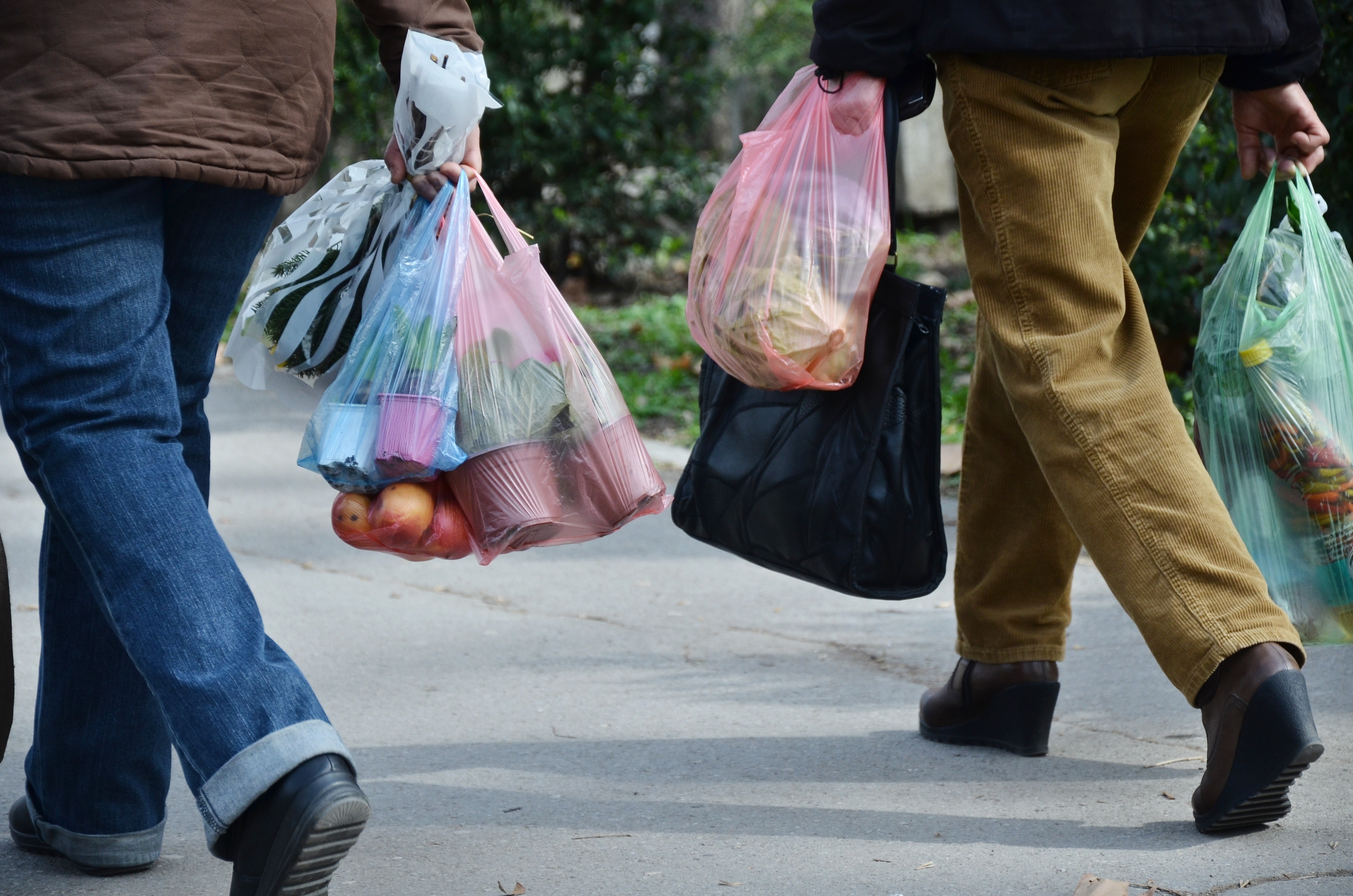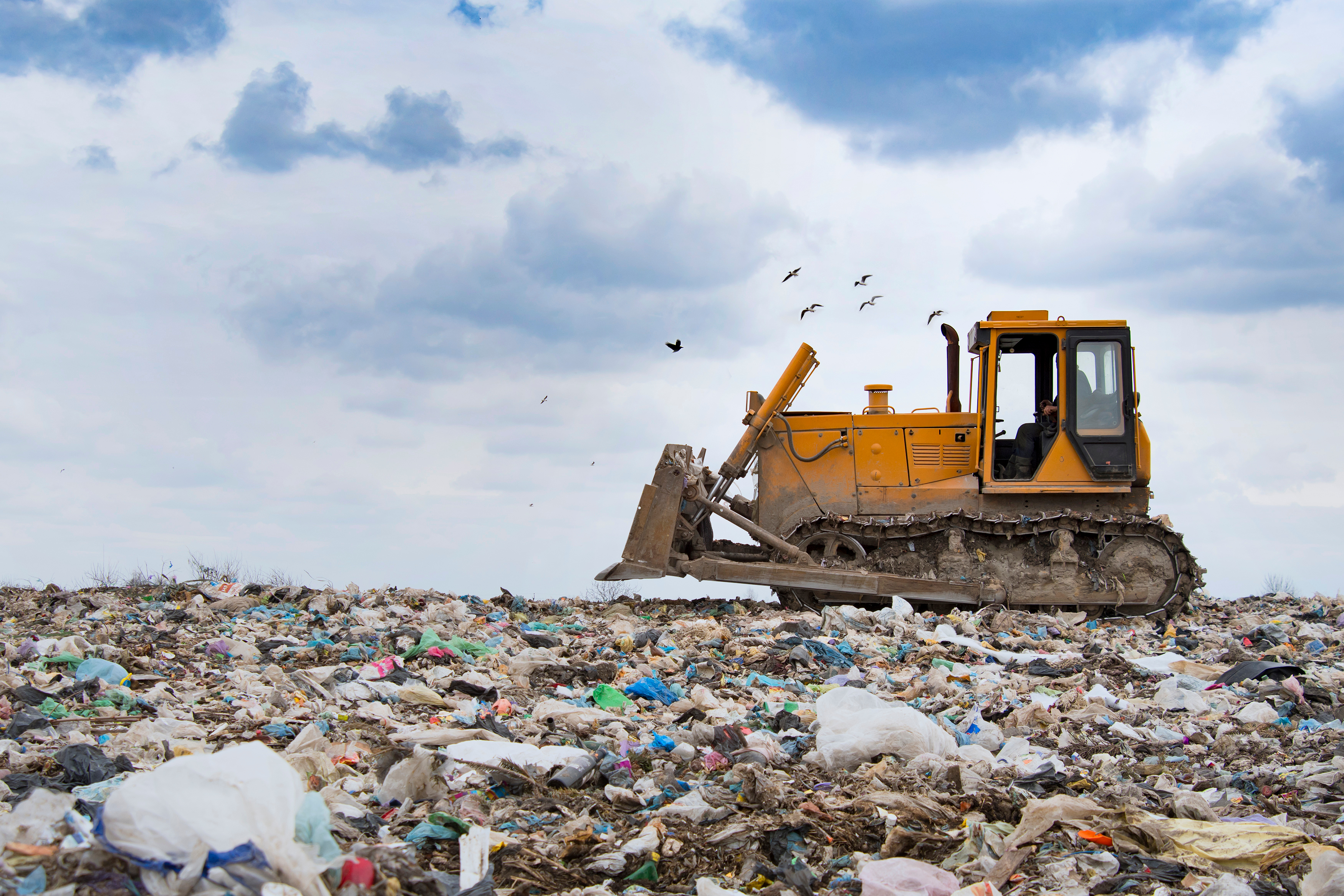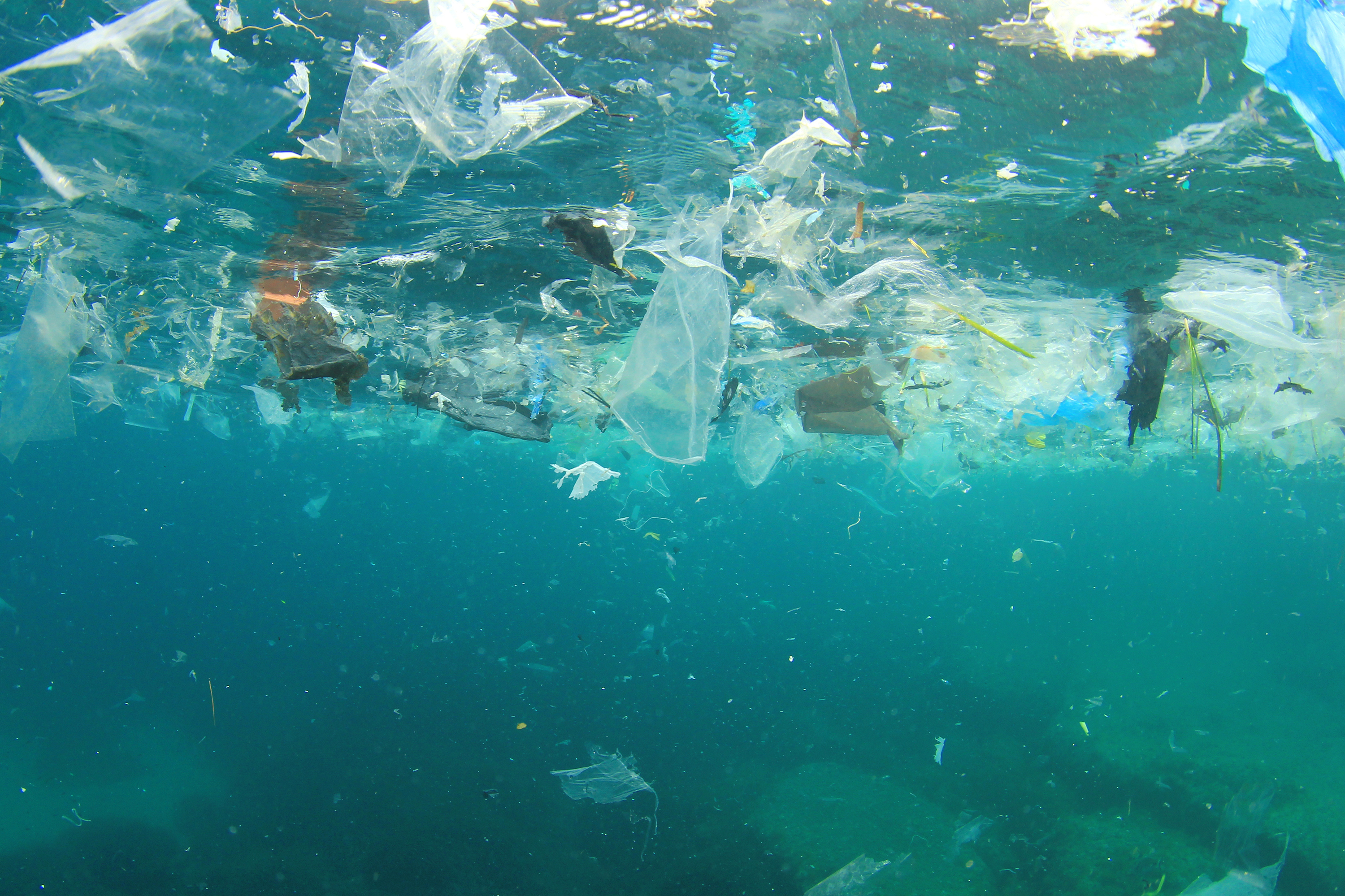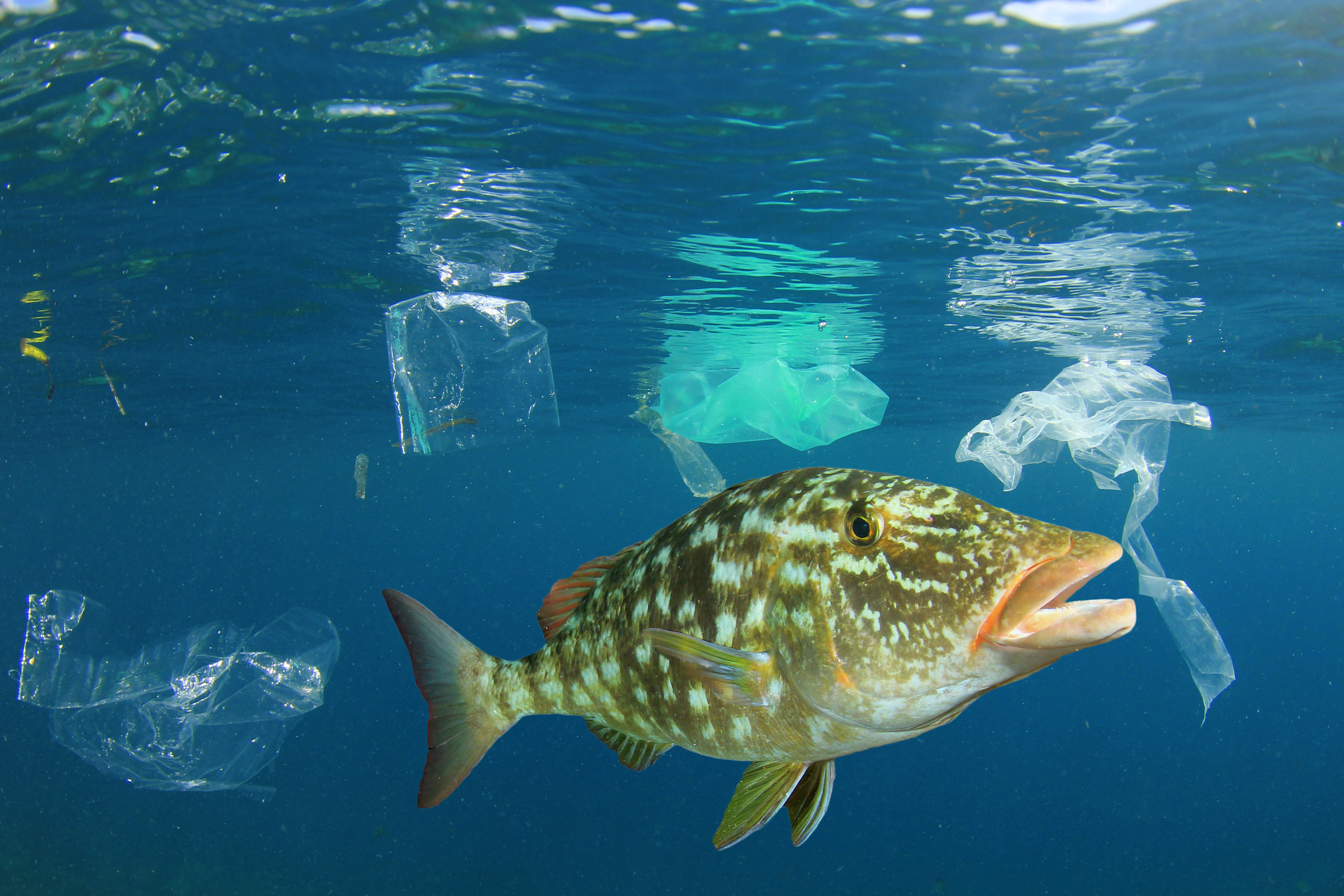Plastic bag is a container of thin, flexible plastic used mainly for shopping. People use plastic bags to carry groceries, prepared food, household items, and other purchases. Cheap, durable plastic bags have become an everyday part of modern living. However, the bags have also become a major source of waste, litter, and pollution. 
Plastic bags are made from polyethylene, a major synthetic polymer. A polymer is a long, chainlike molecule. Synthetic polymers are made by people. Manufacturers make polyethylene by mixing a solution of ethylene—a gas found in natural gas and petroleum—with a catalyst, a substance that speeds a chemical reaction without being used up by the reaction. Many polyethylene plastics are made with special ingredients, such as colorings and a substance that prevents polyethylene film from sticking to itself. The seams of the bags can be heat sealed, bonded with adhesives (glue), or stitched. The bags can be made in any color. Images and words can be printed on the bags to advertise a particular store or product.
Invention
The plastic bag was invented by the Swedish designer Sten Gustaf Thulin. Thulin worked for Celloplast, a company that sold cellulose film. Cellulose is a natural polymer that has been used in the manufacturing of such products as clothing, furniture, paper, and plastics. In the early 1960’s, Celloplast wanted to find a use for recently invented high-density polyethylene. The original plastic bag was made from a tube of polyethylene film with the bottom sealed. The company filed for a patent for this design in 1960. Thulin created a bag with two holes punched at the top to form handles. He obtained a United States patent for the plastic bag in 1965.
Widespread use
Before the invention of the plastic bag, shoppers used paper or cloth bags to transport food and other products. By 1979, plastic bags were more popular in Europe than paper or cloth bags. The same year, plastic bags were introduced into the United States.
The company Mobil Chemical patented several types of plastic bags in the 1970’s. Mobil began producing plastic bags in 1977. In 1982, the supermarket companies Safeway and Kroger switched to plastic bags in the United States. The plastic bags were cheaper and required less work from employees. Many paper bags require unfolding and double bagging. Plastic bags are also waterproof, light, and durable. About 75 percent of retailers offered plastic bags to customers by 1985. By the 2020’s, experts estimated that about 4 trillion plastic bags were used each year.
In the 1990’s, people became increasingly aware of the waste problems posed by the widespread use of plastic bags. In 1993, Denmark became the first country to discourage the use of plastic bags by placing a tax on them. In 1997, the American sailor and researcher Charles J. Moore began working to bring attention to a region of floating debris in the Pacific Ocean that he named the Great Pacific Garbage Patch. The patch, which consists largely of plastic waste, inspired global awareness of the environmental impact of disposable plastics, including plastic bags. In 2002, Bangladesh became the first country to ban the use of plastic bags, after officials claimed the bags clogged storm drains, causing severe flooding. 
Waste and conservation
Each person in the United States uses about one new plastic bag per day. About 12 million barrels of petroleum oil per year are used to make the bags. Petroleum is a valuable substance, used as a fuel and as a raw material, that comes from rocks far beneath the ground. Many environmental efforts call for cutting back the use of petroleum due to oil spills, air pollution, and climate change.
Plastic bags take about 1,000 years to biodegrade (break down naturally) in a landfill. Polyethylene plastics can be melted and reformed. But only around 1 percent of plastic bags are recycled. Plastic bags can clog machinery for recycling heavier plastics. Therefore, most curbside recycling programs do not accept plastic bags. Consumers must bring plastic bags to drop-off centers for proper recycling. 
Plastic bags that end up in oceans and other habitats harm wildlife. Crocodiles, flamingoes, pelicans, sea turtles, and whales have all died as a result of plastic bags in their habitats. Plastic bags strangle, choke, and trap animals and fish. Some animals may mistake plastic bags for food. They may fill up on the indigestible bags and starve due to lack of nutrition. Conservationists estimate about 100,000 animals die each year due to plastic bags. 
More than 70 countries have instituted full or partial plastic bag bans. Other governments place taxes on plastic bags to encourage people to make use of reusable bags.
